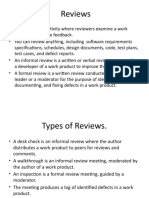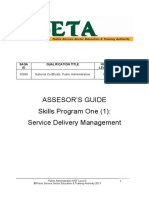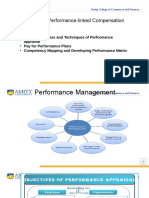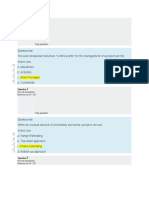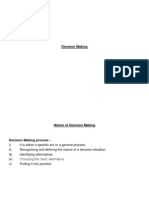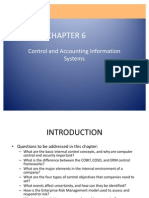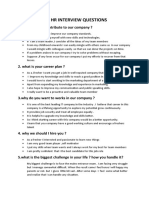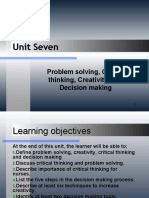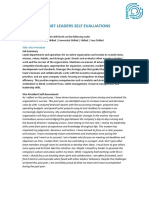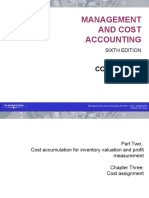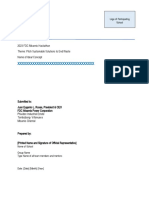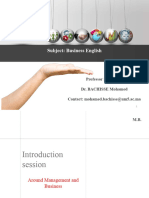0% found this document useful (0 votes)
156 views35 pagesProblem Solving
Uploaded by
Ateeq ZamanCopyright
© © All Rights Reserved
We take content rights seriously. If you suspect this is your content, claim it here.
Available Formats
Download as PPTX, PDF, TXT or read online on Scribd
0% found this document useful (0 votes)
156 views35 pagesProblem Solving
Uploaded by
Ateeq ZamanCopyright
© © All Rights Reserved
We take content rights seriously. If you suspect this is your content, claim it here.
Available Formats
Download as PPTX, PDF, TXT or read online on Scribd
/ 35
